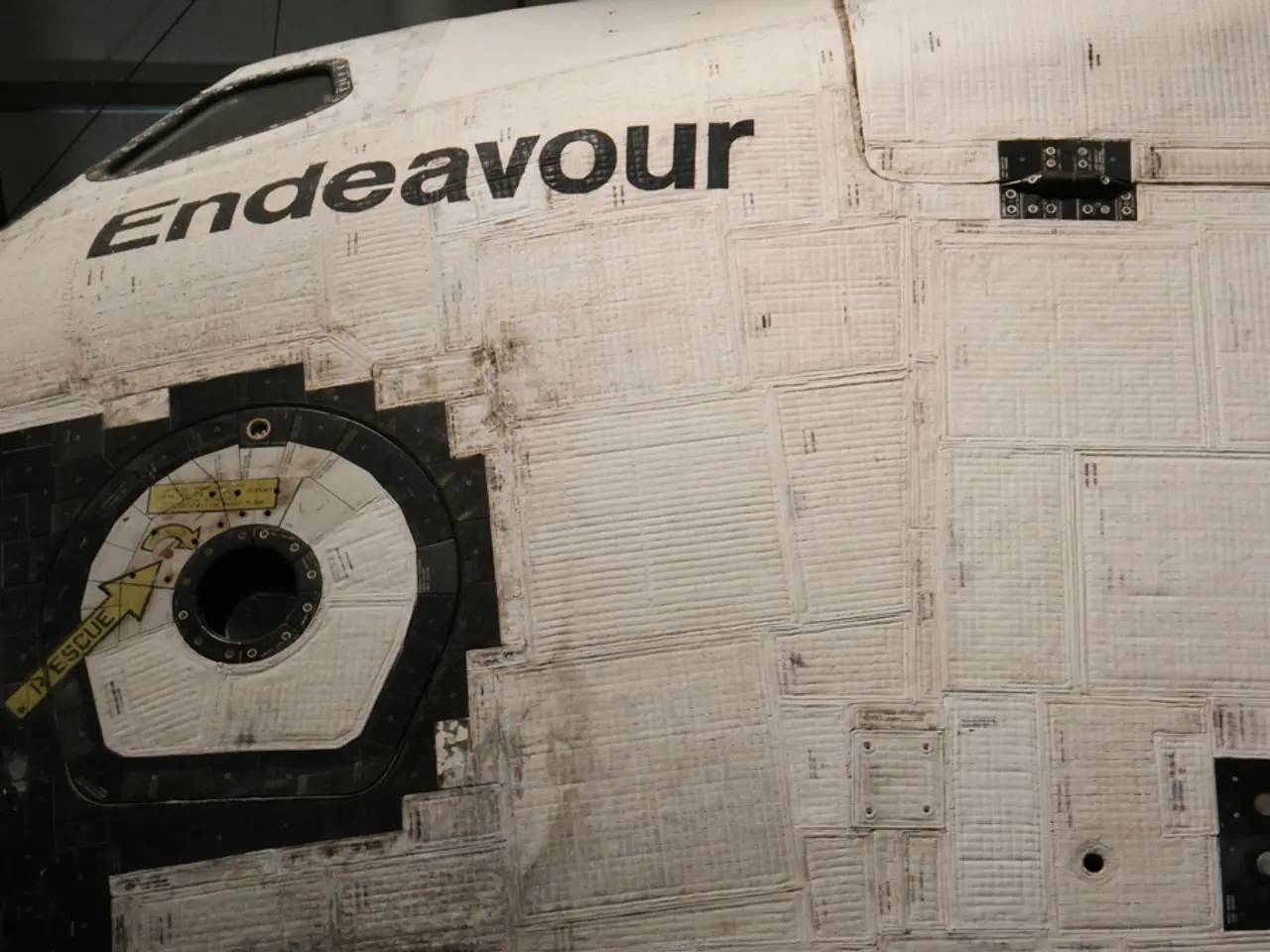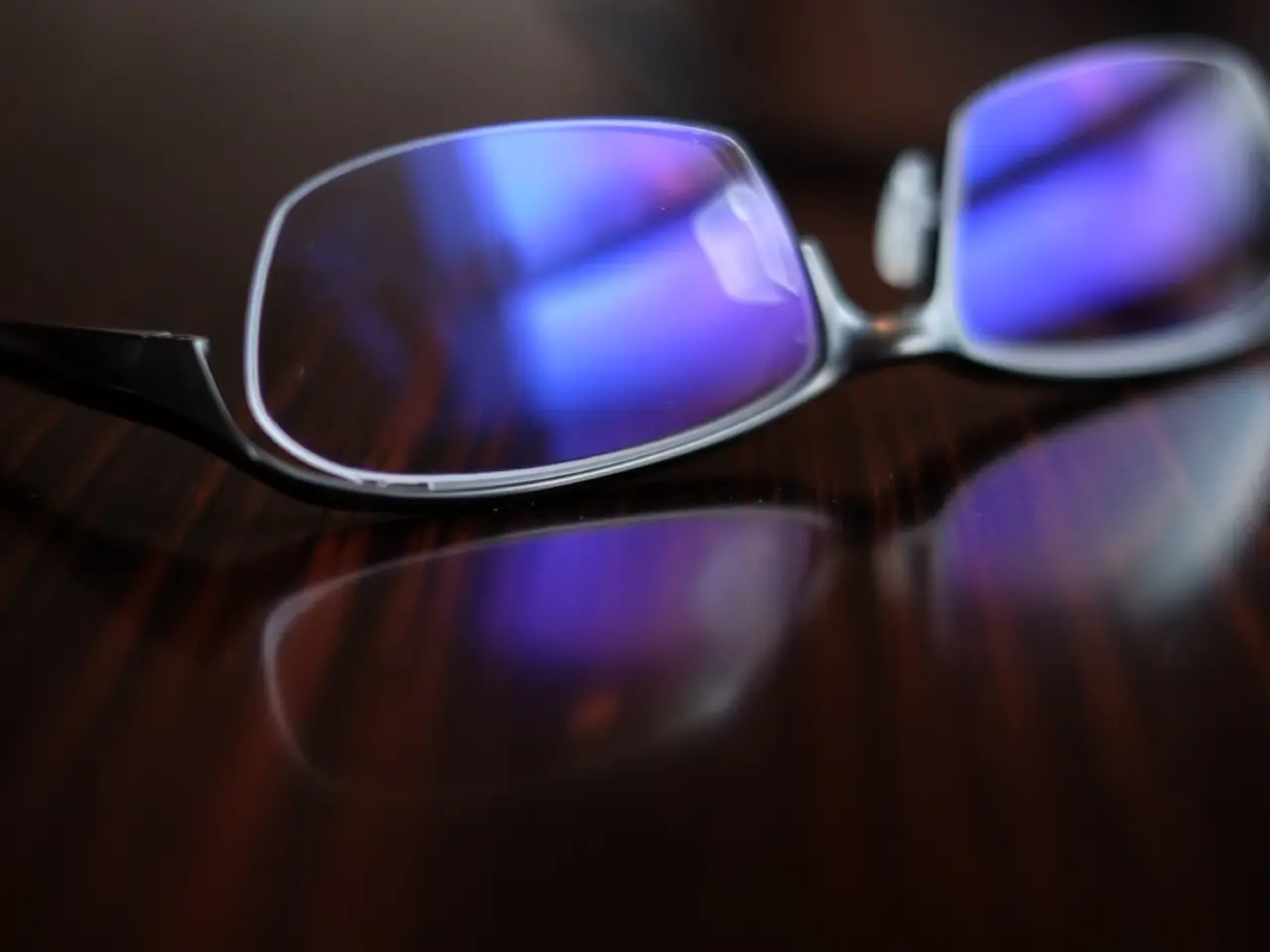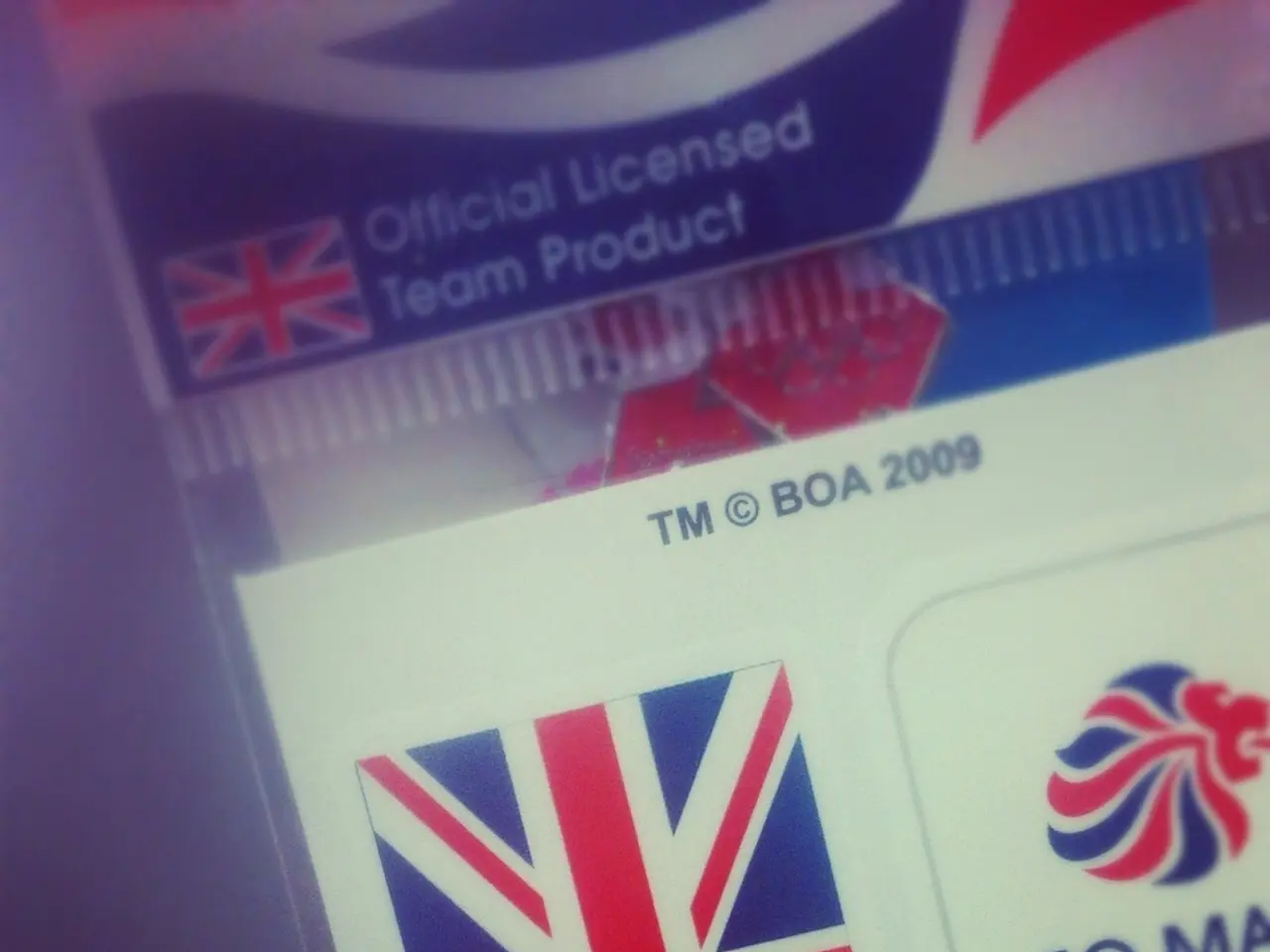Boeing's Starliner Spacecraft Faces Delay for Launch in 2020, Yet Remains Viable Despite Faults
In a determined bid to maintain multiple commercial transport options for astronauts, NASA is pushing forward with plans for a second commercial taxi to the International Space Station (ISS), despite the ongoing technical challenges faced by Boeing's Starliner program.
Originally aimed for crewed missions, the Starliner spacecraft is currently delayed until no earlier than early 2026 for an uncrewed test flight. This delay follows persistent technical issues, including problems with the spacecraft's thruster systems, thermal shunts, and helium plug seal leaks.
These thruster issues were evident during Starliner’s first astronaut mission in June 2024, which brought NASA astronauts Sunita Williams and Butch Wilmore to the ISS. The thrusters, located in reaction control clusters enclosed in "doghouse" compartments, presented overheating and reliability concerns, leading engineers to pause crewed operations until thorough evaluations are completed.
Boeing, in partnership with its propulsion supplier Aerojet Rocketdyne, is actively seeking fixes to these problems at NASA’s White Sands Test Facility in New Mexico. The next Starliner flight will be uncrewed to further validate the spacecraft’s systems before safely returning to crewed missions.
Meanwhile, astronauts originally scheduled to use Starliner have temporarily relied on SpaceX’s Crew Dragon for crew rotations at the ISS. The delays extend as Boeing navigates these technical fixes amid budget constraints and the aging ISS, which NASA plans to keep operational through at least 2030.
NASA's Commercial Crew Program contract with Boeing is due to expire with the retirement of the ISS by 2030, leaving little room for Boeing to fulfill its end of the $4.3 billion contract. However, NASA plans to be involved with commercial space stations and may find a use for Starliner, becoming a customer of the private ventures set to launch to low Earth orbit.
NASA's goal was initially to have Starliner in crew rotation flights with the ISS, starting no earlier than the second crew rotation slot at the end of 2023. NASA is still working on changes to Boeing's Starliner spacecraft to avoid another malfunction, delaying its first operational mission. NASA would like to have two commercial entities flying its astronauts to space rather than solely relying on SpaceX.
In 2014, NASA awarded Boeing and SpaceX contracts as part of its Commercial Crew Program to develop spacecraft for the International Space Station. NASA is making progress toward crew certification of the company's CST-100 Starliner system, with the upcoming Starliner flight expected to be propulsion system testing in the months ahead.
Despite the setbacks, NASA remains optimistic about the future of the Starliner program. NASA's commercial crew program manager, Steve Stich, provided an update on the Starliner spacecraft during a press briefing last week, stating that Boeing is making changes to Starliner's thrusters to prevent overheating. Ars Technica reported that NASA is looking to conduct another test flight for Starliner in 2025, but the timeline may have shifted.
As Boeing works to resolve the technical issues and NASA continues to collaborate, the prospect of a second commercial taxi transporting NASA's crew to the space station remains a promising one. The Starliner spacecraft, once certified for crewed missions, will provide NASA with an essential backup option to SpaceX's Crew Dragon, ensuring the safe and continued exploration of space.
- Despite the ongoing technical challenges with Boeing's Starliner program, NASA is still working diligently to ensure a second commercial taxi can access the International Space Station, possibly powered by technology.
- The persistent issues with Starliner's thruster systems, thermal shunts, and helium plug seal leaks have led to a delay in the spacecraft's tests, potentially impacting the finance of the project.
- In the meantime, technology like SpaceX's Crew Dragon is providing a temporary solution for astronauts, as NASA and Boeing collaborate to resolve the technical issues and certify Starliner for crewed missions in space-and-astronomy.
- Looking towards the future, the successful resolution of these challenges could lead to the deployment of multiple commercial entities transporting NASA astronauts to space using cutting-edge technology, expanding the horizon of space exploration.




